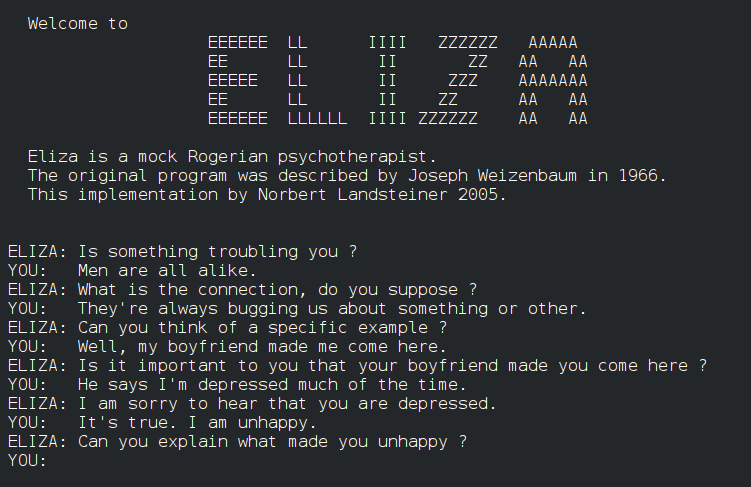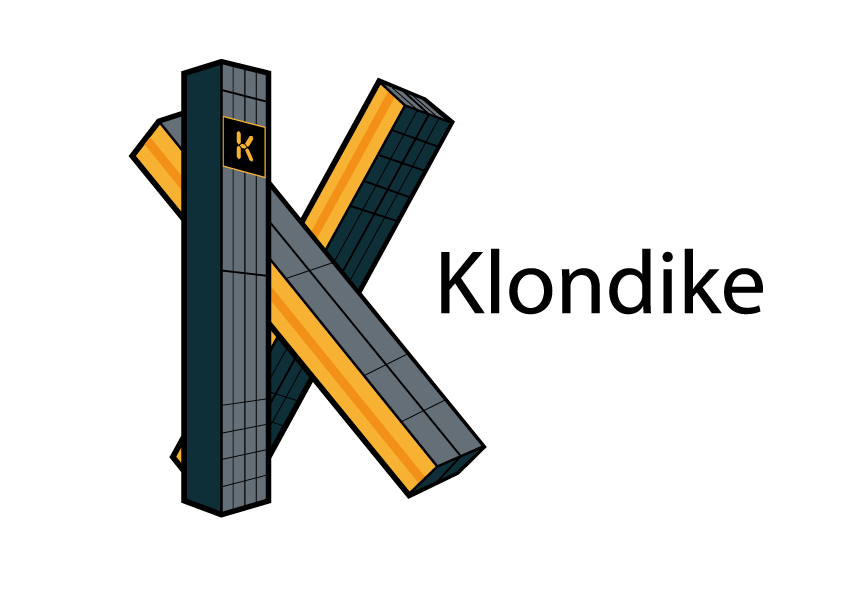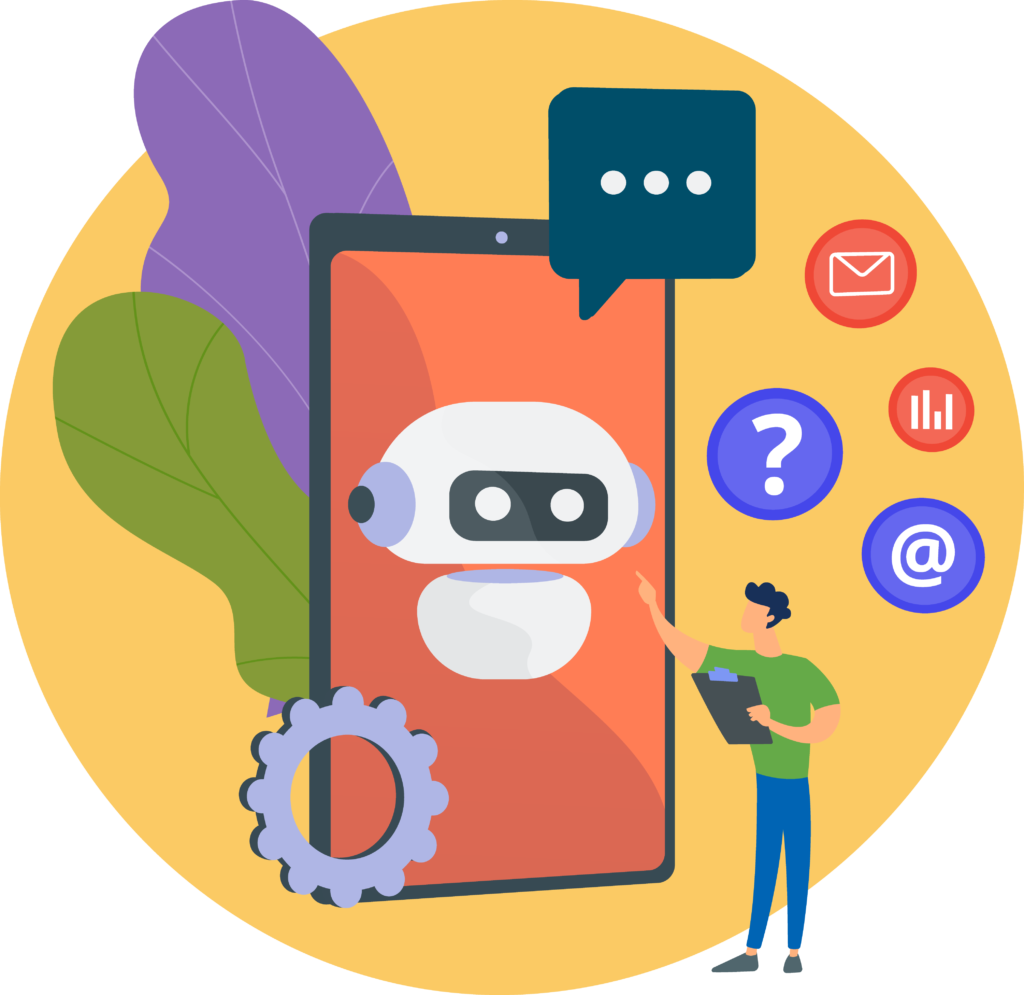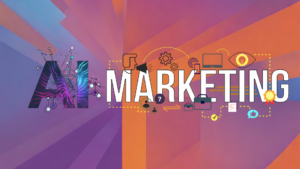The Phenomenon of the Chatbots
Chatbots are Artificial Intelligence (AI) solutions designed to simulate an intelligent conversation between a machine and a human being. Thanks to AI, these software are able to entertain with the user a logical conversation by simulating human behavior on digital channels (such as websites or mobile applications).
This technology is available 24/7 and allows you to get quick answers, or even immediate. Companies that place a chatbot within their own business processes – internal and external – can automate and resolve the simplest and most repetitive requests, leaving employees with the most complex ones that need human intervention.
Chatbots are one of the greatest technological revolutions of the last decades. There is a lot of interest around this phenomenon globally because today people make a huge use of messaging to communicate, and this trend allows companies to interact with their customers in a direct, fast and personalized way.
The Chatbot market is constantly growing, given the increasingly widespread use within companies in different sectors, a market that in 2027 will reach the impressive figure of 454.8 million dollars.
History of Chatbots
Man has always had the dream of achieving a real interaction between man and machine. The term chatterbot was first coined in 1994 by Michael Mauldin, but the idea of a software capable of interacting with humans was born much earlier.
It was Alan Turing who, in the 1950s, devised a test – which was then named after him – to be subjected to machines. If, following an interaction between a human and a machine, the former did not recognize the latter, confusing it for a human interlocutor, then such a machine could be called “intelligent”.
Since then many chatbots have been designed, always trying to reproduce the cognitive mechanisms with which the human mind categorizes and labels reality.
In the 1960s, ELIZA was a program that simulated a conversation between a Rogersian psychotherapist and his patient during a first visit. Its mechanism, based on pattern matching and keyword substitution with predefined phrases, it gave the illusion that the machine was really smart and that it could understand what the user formulated.

A few years later PARRY was released, a machine that simulated the behavior of a person suffering from paranoid schizophrenia, starting from the typical behaviors detected in subjects suffering from this disease.
In 1995 A.L.I.C.E. had a basic knowledge that allowed to recognize some words and phrases given in input by the user and to associate them to categories of topics in order to create domains in relation to each other.
As technology progressed, chatbots became increasingly complex and rules-based pattern matching was released.
Today’s most advanced systems are based on Artificial Intelligence and machine learning. By employing processes such as Natural Language Processing (NLP) or artificial neural networks, these chatbots can adapt to an ever-increasing amount of information and increasingly diverse requests.
Modern devices such as Siri or Alexa rely on statistical analysis of searches that users themselves carry out on the web. This way, thanks to the huge amount of information on the internet, chatbots can guess and anticipate the needs of the user.
The three types of Chatbot
Chatbots can be adapted to many scenarios and scopes, and according to these be declined in more or less advanced versions. In fact, chatbots have different levels of capacity and can be grouped into 3 families based on increasing levels of complexity.
Chatbots based on menus or buttons
They are the simplest and most basic, similar to the automatic multiple choice menus with which we are used to interacting daily. These chatbots require the user to make a number of choices, either to respond accordingly or to direct the request to a human operator.
Although they are enough to answer FAQs (which make up 80% of support requests), these chatbots are not suitable in more advanced cognitive contexts where there are too many variables needed to respond specifically.
Chatbots based on keyword recognition
Unlike the previous ones, these chatbots receive as input the text entered by the user and, through the recognition of some keywords, provide the most likely answer, usually a definition or an instruction.
In situations where they have to answer many similar questions that contain the same keywords, they are not always efficient and up to the task. In complex and ambiguous contexts, the risk of frustration – and therefore of abandonment – by users is very high.
Today there are many cases where chatbots are a hybrid between keyword recognition and the menu/button. Depending on the situation, multiple choices are offered or keyword recognition is used to execute instructions.
Contextual chatbot
Contextual chatbots have a higher level of complexity than the other two versions. These chatbots use Artificial Intelligence algorithms and machine learning to remember all the conversations you had with specific users.
By learning from each problem solved, these chatbots are able to continually self-improve and thus offer an ever-increasing quality of service.
A Chatbot, many uses
What are the possible uses of chatbots?
The answer to this question would be a long list. Among the main functions there are definitely provide information, links or content, help in the sale of products or services online, help in booking and management of services.
Regardless of type and use, a growing number of companies place chatbots within their internal and external business processes.
The most common application of chatbots is definitely related to customer care management. With a virtual assistant that can provide 24/7 support, companies can answer customer questions or handle their complaints without any human intervention, while also helping more customers at the same time.
In the restaurant industry chatbots can attract new customers and engage them, increasing customer loyalty. And more: they can manage and facilitate bookings, take orders quickly and individually or be used for delivery services by automating orders and simplifying both delivery and takeaway.
In the tourist and hotel sector chatbots help especially in the management of requests for availability or information, in reservations of accommodation facilities or flights, in correctly checking in.
The HR sector, on the other hand, can benefit from it in recruiting activities (to respond to candidates about open positions or to obtain more information than those included in CVs, thus streamlining the screening and first selection phase) and in the onboarding phase (the post-recruitment process involving the insertion of the new employee into the company).
A chatbot can have very particular uses in some fields such as healthcare. For example during the coronavirus pandemic, the WHO created a service based on a Whatsapp chatbot that allowed you to receive updates on the evolution of the pandemic and know in real time the updated numbers, providing answers to frequently asked questions about the disease and advice about it.
Other possible applications are found in the sales sector in the phases related to after-sales customer support, for online shops and eCommerce to guide customers to buy according to their tastes and preferences, or public administration services to provide assistance in bureaucratic and administrative matters.
The chatbot developed by Klondike is highly customizable and can be easily implemented: no technical or development expertise is required. In this way, all companies can benefit from this technology and automate many internal and external business processes.
Contact us for a DEMO to discover all the scenarios of use of our Chatbots.







